BMW and SGL to triple production capacity at Moses Lake carbon fiber plant with $200M expansion; world’s largest carbon fiber plant
Green Car Congress
MAY 9, 2014
A production line for carbon fiber takes the PAN precursor through two stages (stabilization/oxidation and carbonization) and then to winding. The site expansion, scheduled to be completed by early 2015, will make the plant in Moses Lake the world’s largest carbon fiber plant. 3,000 tons of carbon fiber.


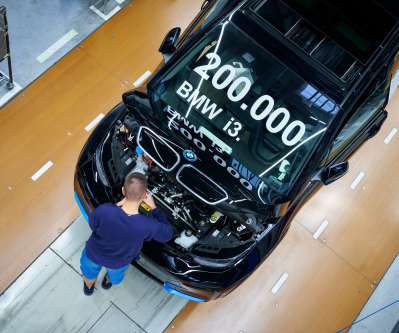
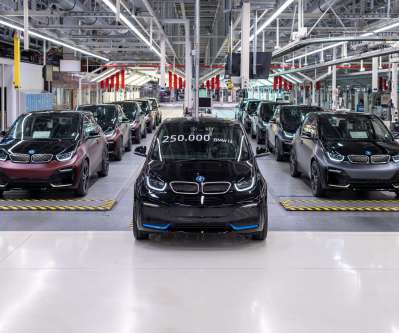




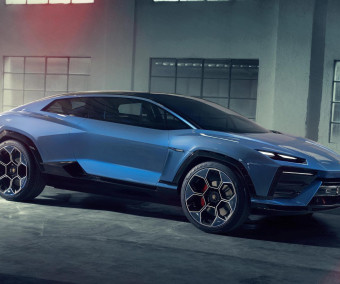

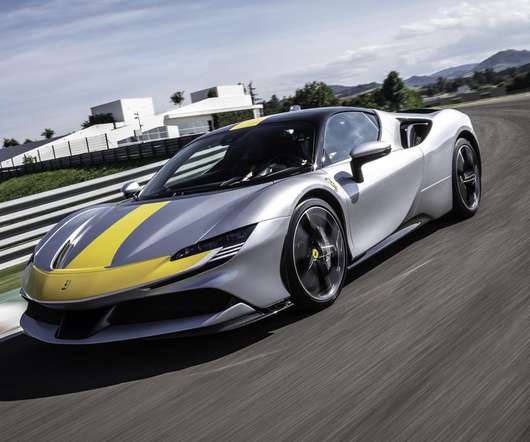


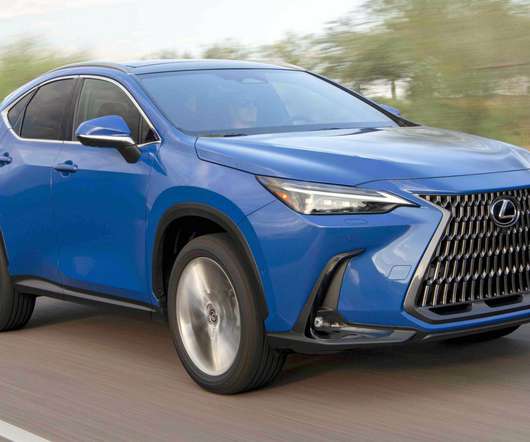
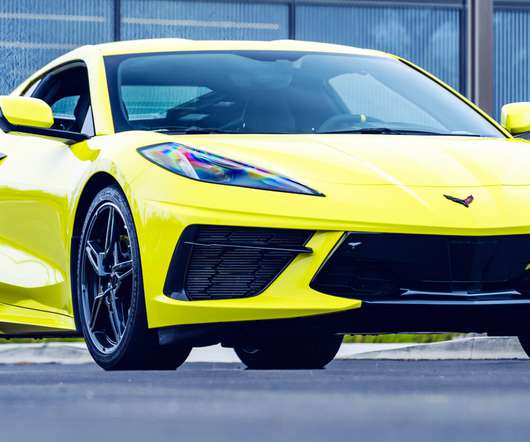




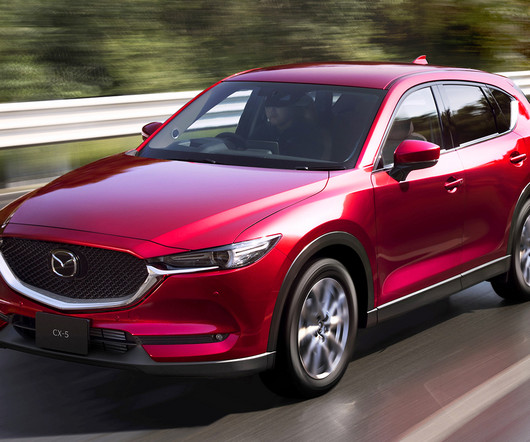
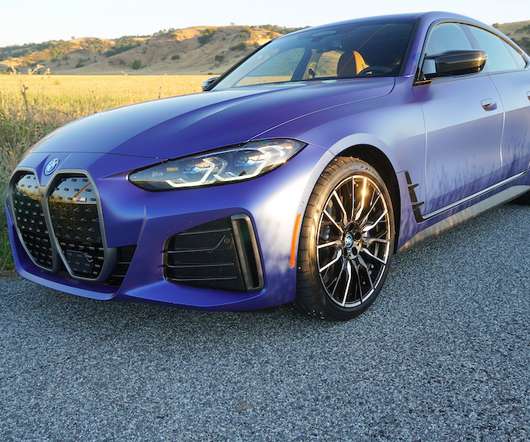
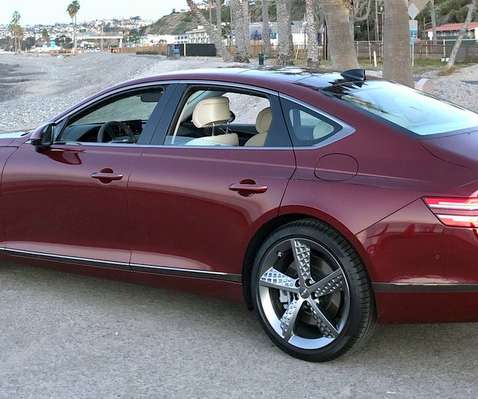







Let's personalize your content